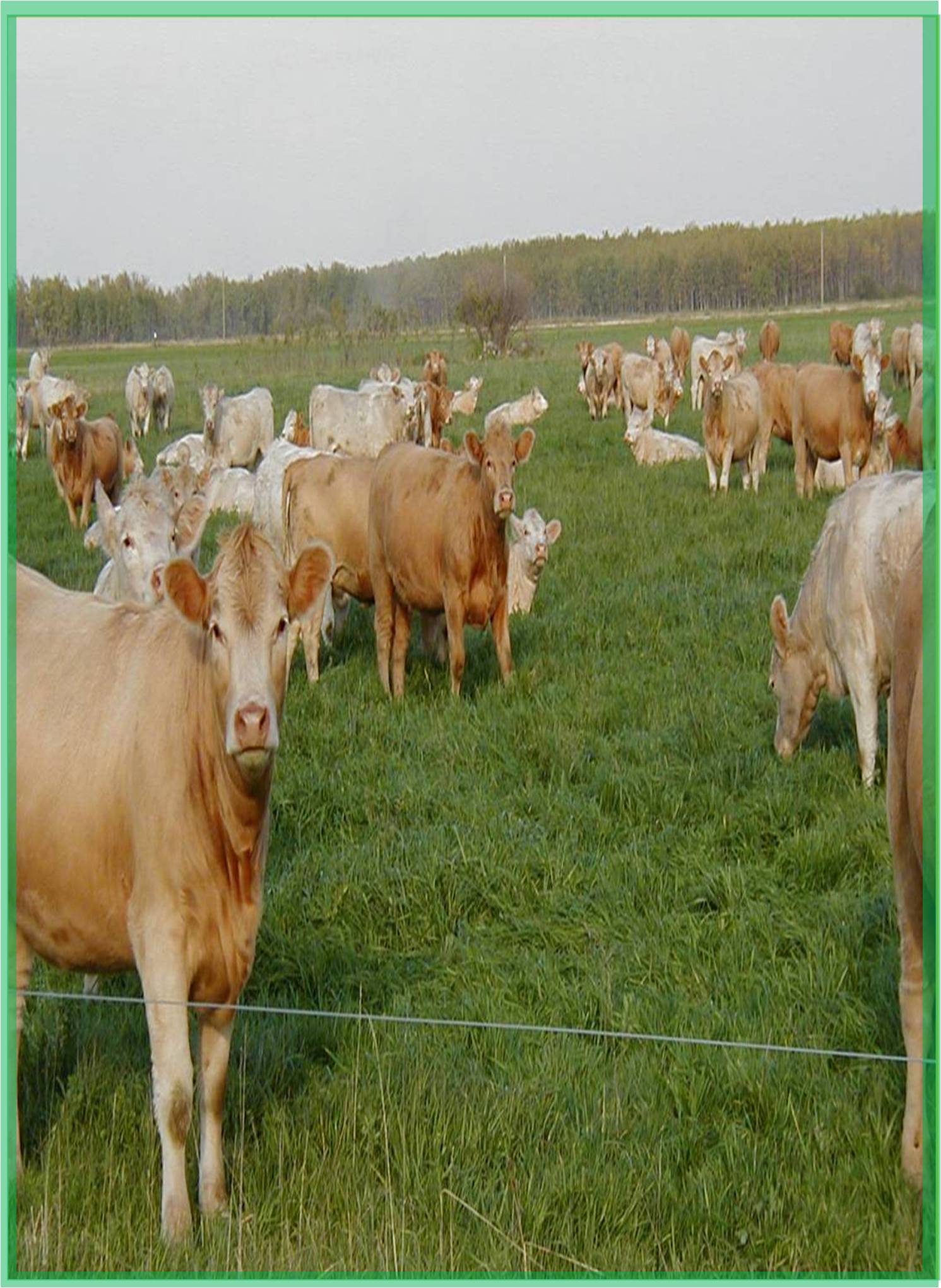



Received: 10-Aug-2022, Manuscript No. GJAS-22-74002; Editor assigned: 15-Aug-2022, Pre QC No. GJAS-22-74002 (PQ); Reviewed: 01-Sep-2022, QC No. GJAS-22-74002; Revised: 08-Sep-2022, Manuscript No. GJAS-22-74002 (R); Published: 16-Sep-2022, DOI: 10.15651/GJAS.22.10.010
Citrus fruits are one of the most popular fruit crops worldwide. However, the consumption and industrial processing of citrus fruits generates a significant amount of waste, particularly peels, seeds, and pomace. Citrus processing wastes are typically used as animal feed or discarded directly, resulting in significant environmental pollution and economic loss. Citrus processing wastes have good application potential in the food packaging sector because they contain numerous phytochemicals and bioactive components. In recent years, there has been a surge of interest in the development of food packaging films based on citrus processing waste. Citrus processing wastes can be used to make food packaging films in a variety of ways, including direct use of citrus peel powder and indirect use of active compounds extracted from the wastes (Martucci, 2009).
The incorporation of citrus processing wastes or extracts significantly alters the physical properties of the films and improves their antioxidant and antimicrobial activities. The developed films can be used to preserve aquatic products, baked goods, fruits, vegetables, and meats. Recent advances in the development of food packaging films based on citrus processing wastes are discussed in this study. The methods of preparation, physical and functional properties, and applications of citrus processing wastes-based packaging films are discussed. Because petroleum-based plastic packaging films are non-biodegradable and cause serious environmental problems, the development of food packaging films based on biopolymers and natural active substances has received increased attention in recent years (Oliveira, 2009).
Citrus processing wastes are regarded as suitable raw materials for the production of food packaging films. Citrus peels, pomace, and seeds, on the other hand, contain several bioactive components (e.g., polyphenols and essential oils) with antioxidant and antimicrobial properties. These bioactive compounds can be added to bio-polymeric matrices to modify their physical properties (e.g., water vapor barrier ability, oxygen barrier ability, and mechanical property) and improve their functional properties (e.g., antioxidant and antimicrobial activities). Citrus peels and pomace, on the other hand, are high in pectin and can be used as a matrix for food packaging films. Citrus pectin provides a strong foundation for natural active compounds. Packaging films can be used to extend the shelf life of food products in a variety of ways (Chuensangjun, 2012).
Citrus peels, which account for approximately 50% of total fruit weight, are typically sold as animal feed or discarded directly after citrus juice processing, causing serious economic and environmental problems (Rudnik, 2011). Citrus peels, on the other hand, are high in dietary fiber and bioactive compounds. Notably, extraction requires both time and energy. Furthermore, the instability of the extract and the residue of the extraction solvent may limit the films' application (Hans, 2009).
In contrast, developing active packaging films directly from citrus peel powder is more convenient and cost-effective. Citrus processing wastes have promising applications in the food packaging industry. Citrus processing wastes can be used to make food packaging films in a variety of ways, including direct use of citrus peel powder and indirect use of active compounds extracted from the wastes. The developed films can be used to preserve aquatic products, baked goods, fruits, vegetables, and meats.
Albert C, Luque GM, Courchamp F (2018). The twenty most charismatic species. PLoS One. 13(7):e0199149. [Croosref], [Google Scholar], [Pubmed]
Barouki R, Kogevinas M, Audouze K, Belesova K, Bergman A, Birnbaum L (2021). The COVID-19 pandemic and global environmental change: Emerging research needs. Environ Int.146:106272. [Croosref], [Google Scholar], [Pubmed]
C. S-S. How Virtual Hordes of Iconic Animals Could Hurt Us All 2018
Caminade C, McIntyre KM, Jones AE (2019). Impact of recent and future climate change on vector- borne diseases. Ann N Y Acad Sci. 1436(1):157-73. [Croosref], [Google Scholar], [Pubmed]
Courchamp F, Jaric I, Albert C, Meinard Y, Ripple WJ, Chapron G (2018). The paradoxical extinction of the most charismatic animals. PLoS Biol. 16(4):e2003997. [Croosref], [Google Scholar], [Pubmed]
Ellwanger JH, Kulmann-Leal B, Kaminski VL, Valverde-Villegas JM, Veiga A, Spilki FR (2002). Beyond diversity loss and climate change: Impacts of Amazon deforestation on infectious diseases and public health. An Acad Bras Cienc. 92(1):e20191375. [Croosref], [Google Scholar], [Pubmed]
Fan Y, Zhao K, Shi ZL, Zhou P (2019). Bat Coronaviruses in China. Viruses. 11(3):210. [Croosref],[Google Scholar],[Pubmed]
Mangili A, Gendreau MA (2005). Transmission of infectious diseases during commercial air travel. Lancet. 365(9463):989-996. [Croosref], [Google Scholar], [Pubmed]
van Swaay C, Deenis E, Schmucki R, Sevilleja C, Balalaikins M, Botham M (2019). The EU butterfly indicator for Grassland species: 1990-2017: Technical Report. Butterfly Conservation Europe & ABLE/eBMS. [Google Scholar]
World Health Organization. One Health 2017.
Wrobel AG, Benton DJ, Xu P, Calder LJ, Borg A, Roustan C (2021). Structure and binding properties of Pangolin-CoV spike glycoprotein inform the evolution of SARS-CoV-2. Nat Commun.12(1):837. [Croosref], [Google Scholar], [Pubmed]